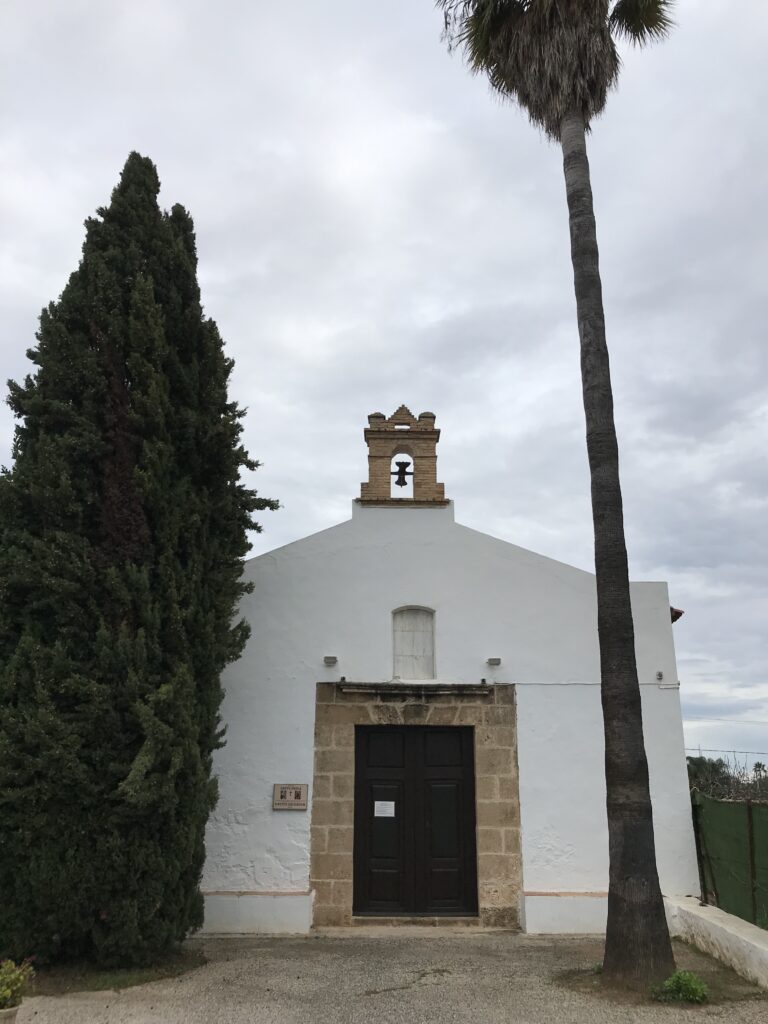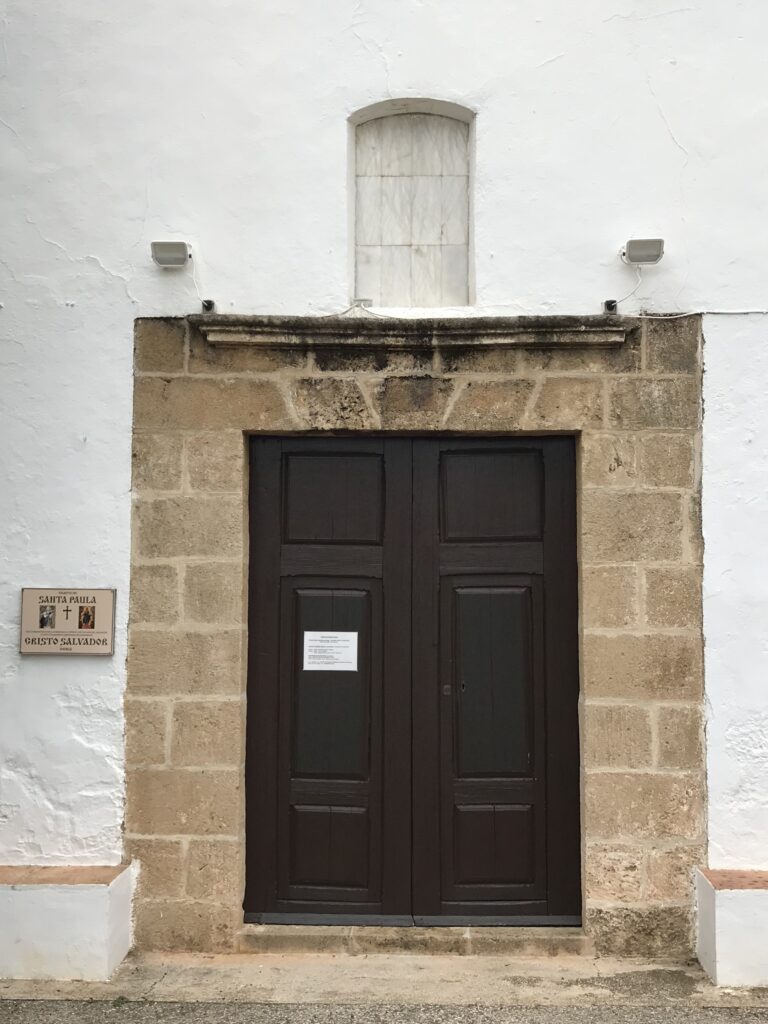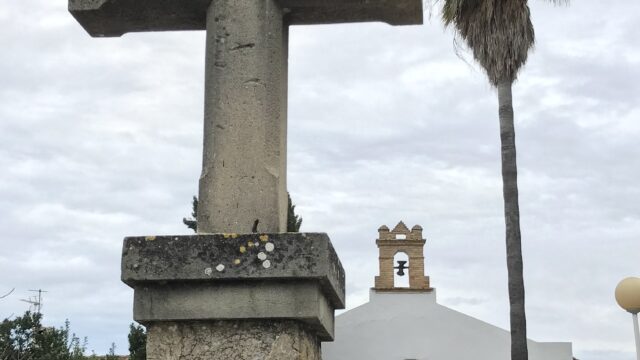The hermitage of Santa Paula in Denia is located on the outskirts of the city. The Santa Paula hermitage was built between the 14th and 15th centuries, a period in which several of the hermitages that reside in Denia and its surroundings were built.
History of the hermitage of Santa Paula
Santa Paula was a healer and healer, who especially treated scabies, a skin disease that causes a skin disorder with the consequent appearance of itchy rashes. This is why the hermitage of Santa Paula was founded and built in 1400 by a nun from Jávea called Sister Caterina Bas, a hermit who lived in a cave at the San Antonio cape. This building was previously part of a small monastery that was only made up of women. It was years later when, using this structure, it became the hermitage of Santa Paula.


Access to the hermitage of Santa Paula
Access to the hermitage of Santa Paula is somewhat limited if you want to go by car, as parking spaces are limited and are shared with the residents of the area. However, there is not usually a large number of vehicles, so it is likely to find a place to park, except on the day of her feast day, Santa Paula, when it is not possible to park outside the hermitage.
In any case, it is highly recommended to access the hermitage of Santa Paula by bike or on foot, as the road that leads to the hermitage is located in the countryside and does not have a very high influx of vehicles. In addition, in the summer season it is a good option for a stroll and to get some fresh air.
An important point is that as it is a narrow road in the countryside, there are no bus lines or any other type of public transport to take you to the hermitage of Santa Paula. Unless you look for taxi services, they will be able to take you there without any problem.
As it is not very well signposted, it is advisable to pay attention to the navigator and not lose sight of it, as it is hidden at the end of a narrow path. This map shows the location of this hermitage.
Festivity hermitage of Santa Paula
No masses are held at this hermitage. In fact, it only opens its doors once a year, on the day of Santa Paula, which is celebrated every 26th of January, and on this day the hermitage remains open all day. The tradition is to go to the hermitage accompanied by typical music, tabal and dolçaina, (pilgrimage) to honour the festivity of the hermitage of Santa Paula. A small mass is celebrated and the hermitage remains open for those who wish to enter. In addition, a small market (porrat) is organised outside the chapel where you can buy food products such as sweets and sweets.
It is a tradition that at the end of the festival, the devotees enjoy fritters accompanied by a sweet glass of mistela in company. Once the festivity is over, the pilgrims of Santa Lucia’s hermitage go to the old people’s home of Denia, which has the same name as the hermitage. The tradition is to visit them and distribute typical sweets among the residents and spend some time together. These devotees usually wear a special clothing, a scarf (a checkered handkerchief wrapped around the neck) and a black blouse.



